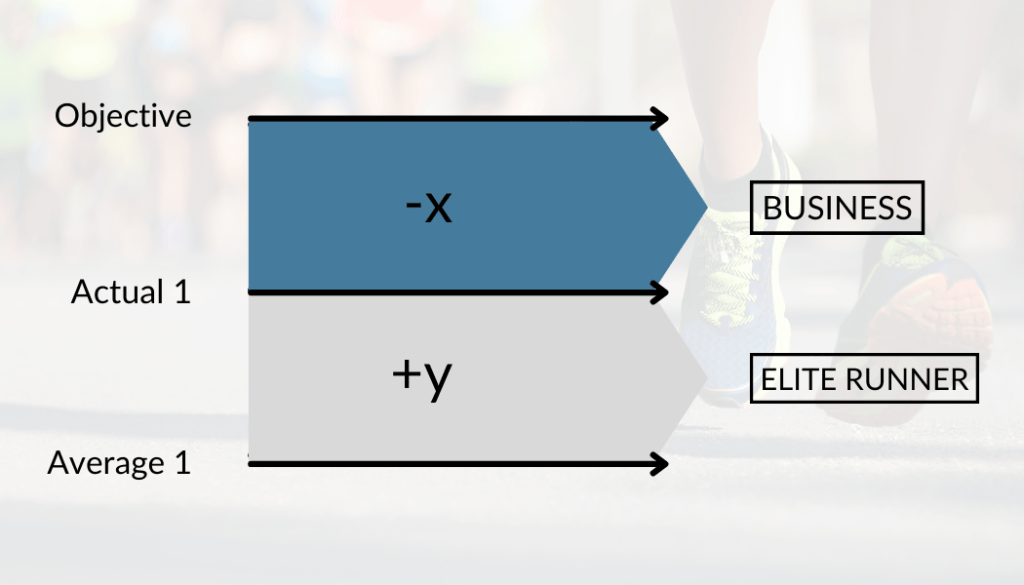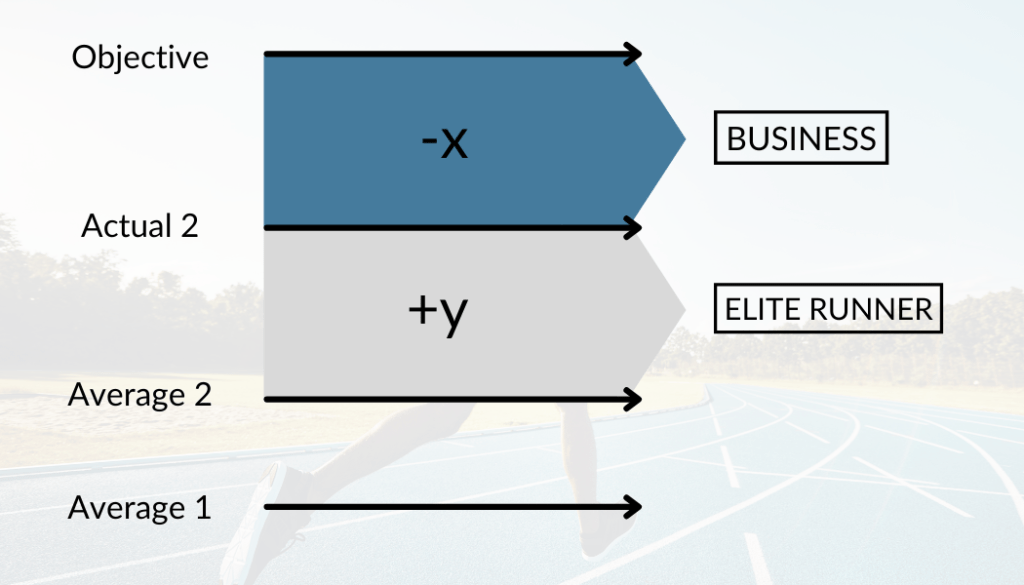There are many parallels between business and sports. They are both highly competitive, performance-based, and operate within variable environments. They also identify time-bound objectives against external metrics of success – ranking, speed, and endurance for elite runners and market position, growth, and profitability for businesses.
Running is often used as a metaphor for business because of its similar operating conditions. Adages such as “it’s a marathon, not a sprint” and “run your own race” help broaden perspectives on how to win within ever-changing environments. They provide context for selecting strategies to best deploy limited resources to accomplish aggressive and often record-breaking goals. They also guide the management of inputs of production to maximize results – talent, climate, fuel for elite runners and people, process, and technology for businesses.
Measuring Performance
A skill businesses can learn from elite running is how to measure performance. Businesses track performance against their target objective, noting gaps or overages. Anything below the objective is viewed as a failure and above as a success. Elite runners take a different approach: They track against their current average performance. Anything below this level is a failure, and above is a success.

Measuring gaps versus objectives can direct analysis toward justifications (conditions weren’t right) compared to improvements (this condition was right). Dan Sullivan describes how this focus affects people in his book Learning How to Avoid Gaps. “The result is a continual sense of missing the mark, feeling deficient, accompanied by a sense of frustration.” As performance improves, the gap reduces, yet capability gains may not stick because they are not reinforced. Successive failures can lead to discouragement and decreased confidence, reducing the probability of future success.
Performance Improvements
The opposite effect is true for elite runners. Each performance improvement is acknowledged, capability builds, and confidence increases. As Judd Hoekstra explains in his book Crunch Time: How to Be Your Best When It Matters Most, “As your performance improves, your average shifts, which takes your game to the next level.” Achievements lead to stronger capabilities and further progress toward the objective.

The benefits of focusing on performance improvement are equally applicable to any change made to how people work during organizational transformations. New behaviors, processes, or systems take time to adopt fully. Recognizing advances through the transition motivates future gains. It may even lower resistance to new ways of working that often derail initiatives.
In Conclusion
Elite running demonstrates that what to measure is a strategy in itself. Measurement of performance improvement acknowledges that success comes in increments; measurement of performance gaps reinforces the size of the needed performance improvement. It’s a choice between measuring how much you improved your personal best performance or how short you fell from a world record. For elite running and business, feeling like a champion usually leads to the best performance.





